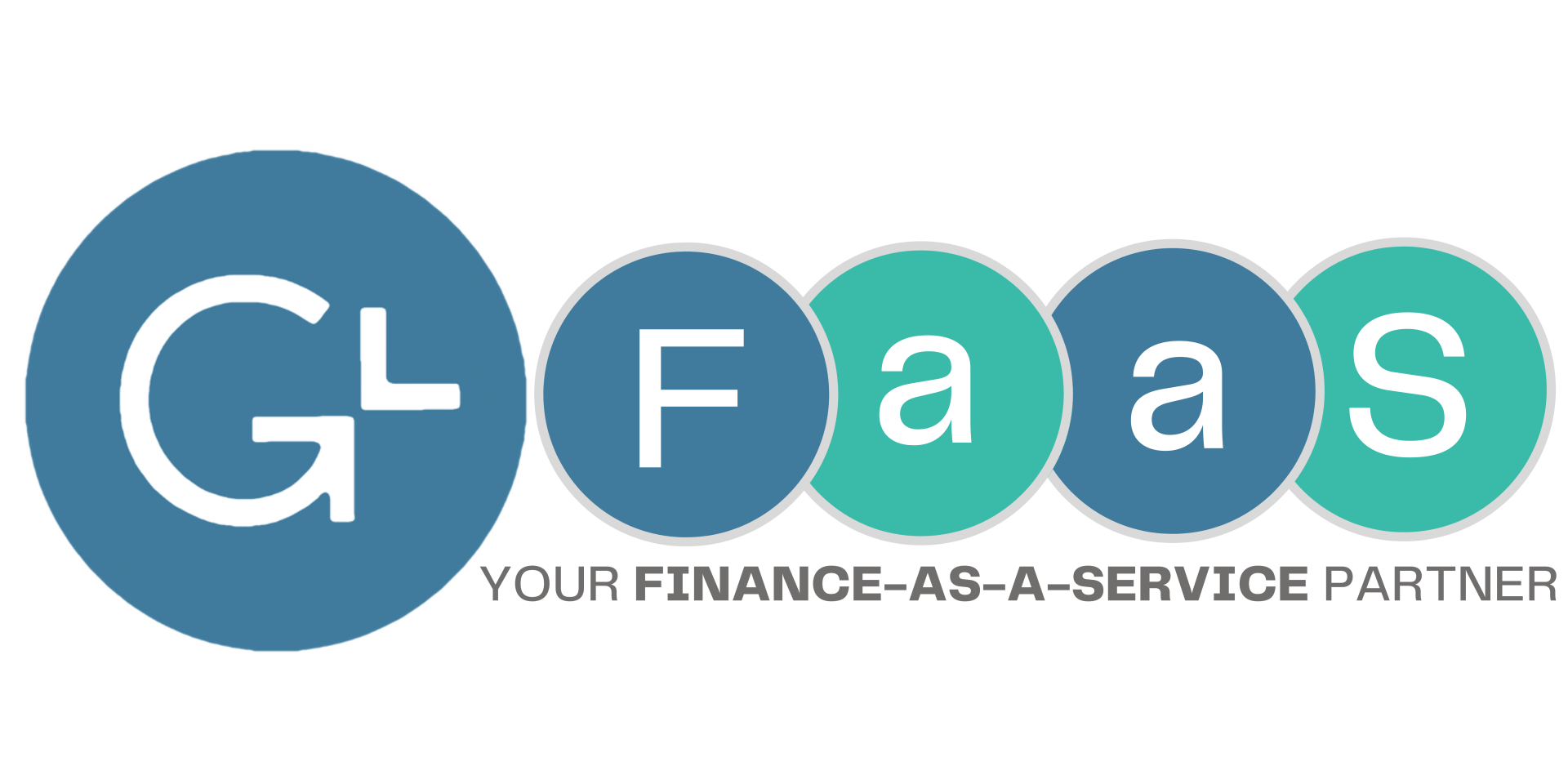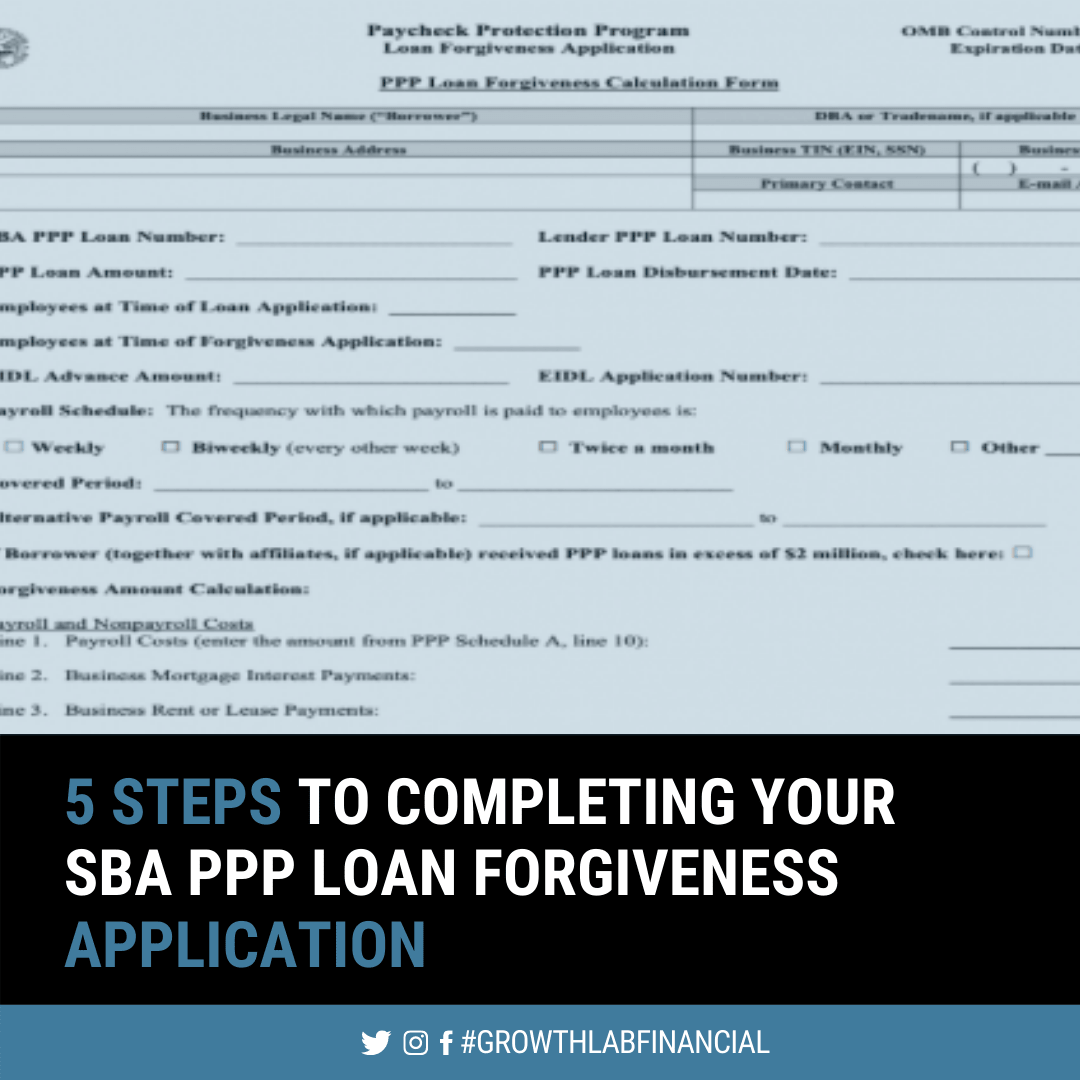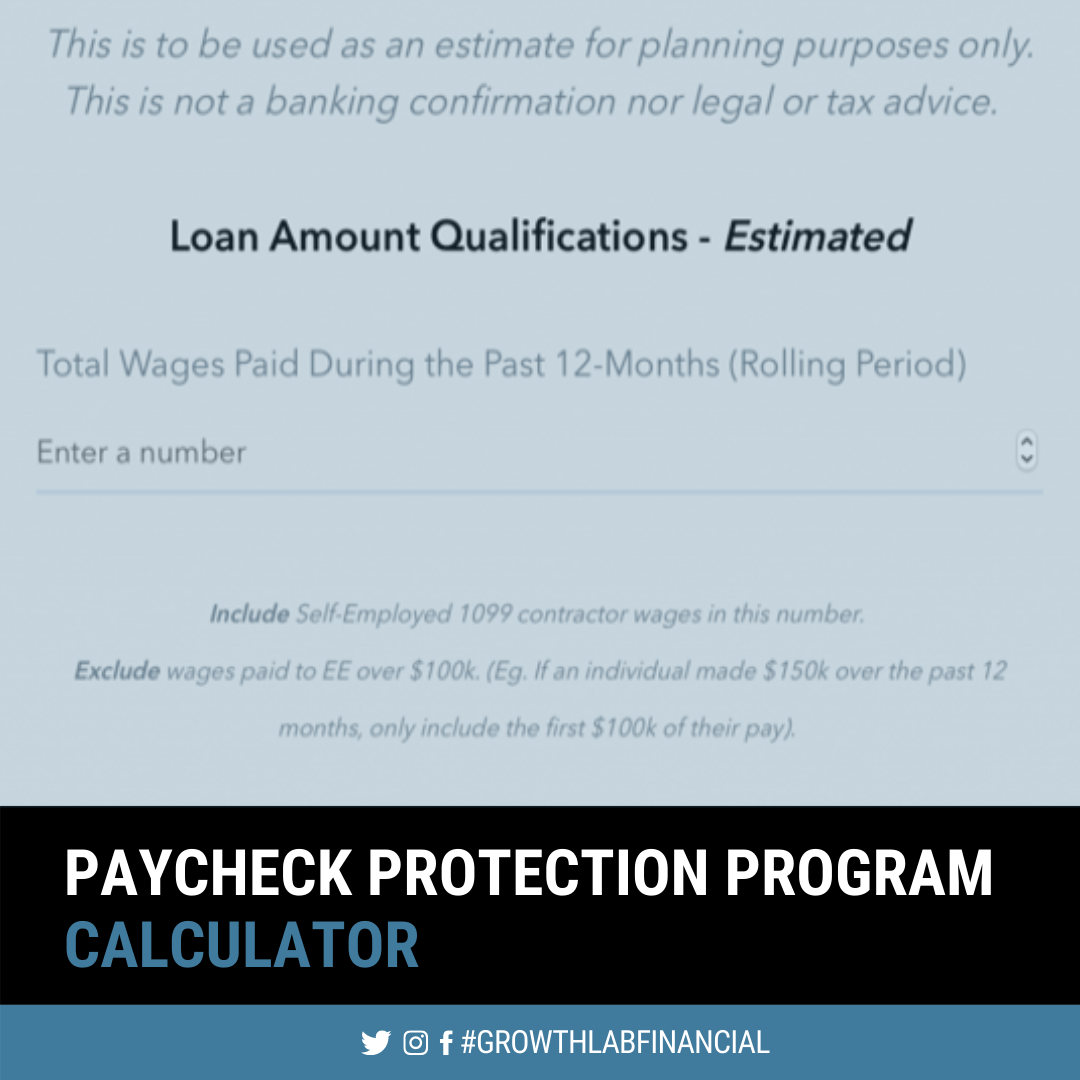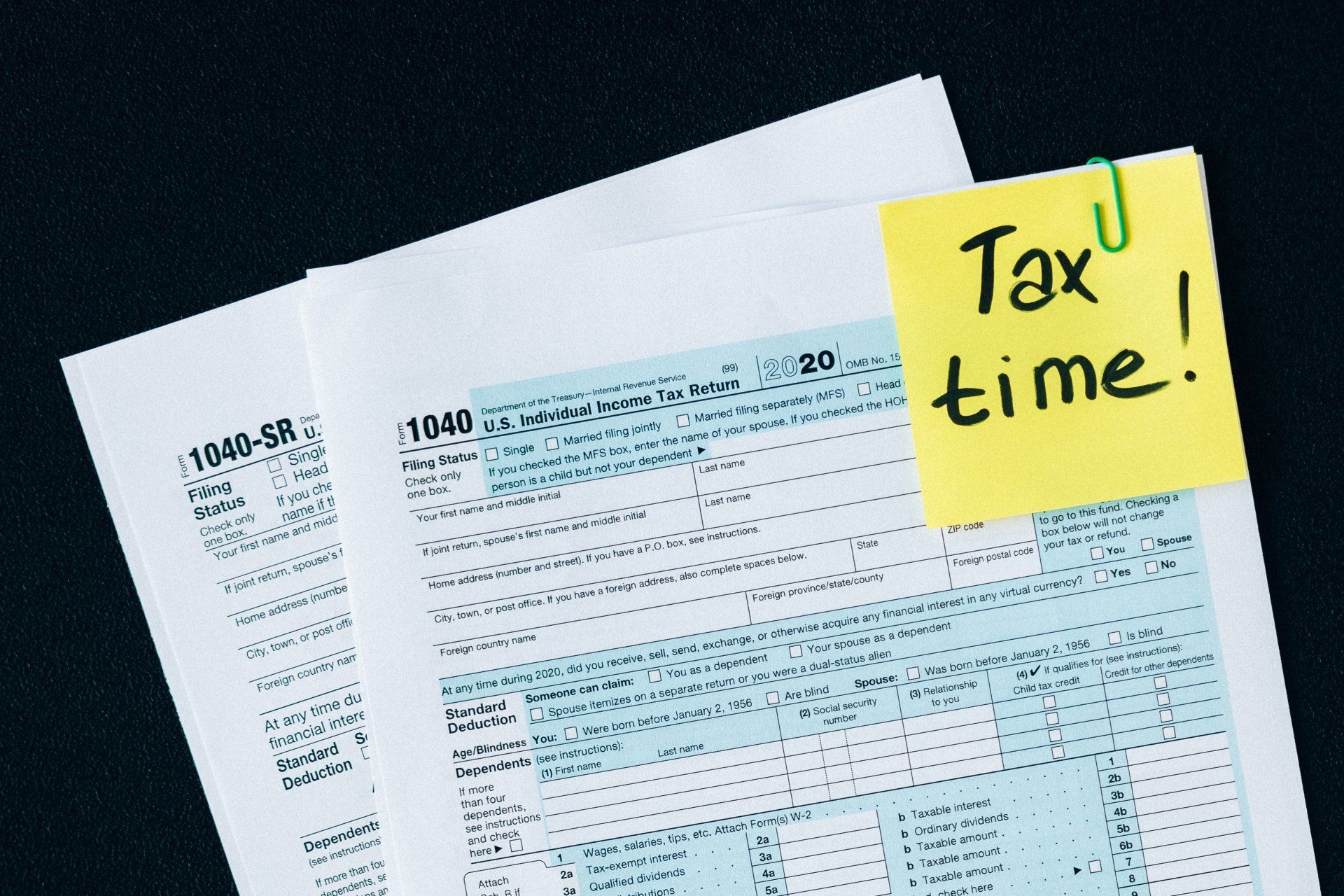Should I Apply for PPP Forgiveness?
Should I Apply for PPP Forgiveness?
Think Twice Before Rushing to Send in Your PPP Forgiveness
Over the past 16 months, the Paycheck Protection Program (PPP) gave out billions of dollars in forgivable loans to small businesses in need. Because of the government shutdowns and unprecedented economic recession, small businesses were able to use this money to help pay their employees and for other operating expenses. In May 2021, they officially closed the PPP loan program to new applicants.
Many of the small businesses that received the PPP loan have started the process of applying for forgiveness, but, these businesses need to think twice before sending in their forgiveness applications.
Now, instead of designating their payroll costs to just get forgiveness on the PPP loan, business owners can also use their payroll to get support from a different stimulus benefit: the Employee Retention Tax Credit (ERTC). At its core, the ERTC is a partially refundable tax credit, available to businesses that qualify, that will reduce your tax burden the more you keep your employees on payroll. Let’s take a closer look at what it is and how it works.
If you’d like to take advantage of the ERTC, you must be an employer who has had to fully or partially stop operations because of a COVID-19 government order or faced a substantial decline of at least 50% in gross receipts in Q2, Q3, or Q4 of 2020 compared to the same quarter in 2019. To see if you are eligible for any quarter in 2021, the quarterly decline needs to be at least 20% compared to the same quarter in 2019. But, there is a special rule for the 2021 ERTC that allows the business to look to the previous quarter to determine that 20% decline. For example, in determining Q1 2021 eligibility, Q4 2020 revenue could be used (compared to Q4 2019). This special rule would be used if Q1 2021 revenue had not declined more than 20% from Q1 2019 revenue.
Calculating The Actual Benefit Amount
If your company is eligible for the ERTC in 2020, the wages used to determine the credit are capped at $10,000 per EE for the entire year, no matter if the company qualifies for 1 or 3 quarters. The 2020 ERTC is a 50% credit so the actual refund that you will receive is equal to 50% of total eligible wages. ($5K max credit / employee for 2020)
If your company is eligible for the ERTC in 2021, the wages used to determine the credit are capped at $10,000 per EE for each quarter, and it’s a 70% credit, therefore, the actual refund received is equal to 70% of total eligible wages. ($28K max credit / employee for 2021)
Stacking Paycheck Protection Program and Employee Retention Credit
Can you use both the PPP and ERTC? At a high-level, yes, but you cannot use the same payroll dollars for PPP forgiveness and the ERTC. This can get a little complicated when a business’s 24-week PPP covered period, more often than not, starts and ends in the middle of a quarter. Especially when many businesses applied, received, and have been spending the PPP funds before even finding out about the ERTC. So, if you are a small-business owner that received a PPP loan, you have a decision to make.
After a business determines they are eligible for the ERTC, and for which quarters (or time period in general if eligible due to the government shutdown criteria), the next step is determining if there is overlap with the PPP period. If there is no overlap, the calculation is pretty simple, explained in the section above. If there is overlap, they need to figure out how to use the wages during those time periods to optimize PPP forgiveness and the ERTC benefit. For many companies, the overall decision can be relatively straightforward with PPP forgiveness being the #1 priority because if forgiven, PPP money is free at a 1:1 ratio, while ERTC is only free at 0.5:1 (2020) or 0.7:1 (2021) ratio. Still, that doesn’t mean the calculation is necessarily straightforward.
Ideally, the business has enough in wages over those time periods to maximize the ERTC while still getting full PPP forgiveness. But, and especially in 2021 with the ERTC potential benefit being so much higher than 2020, this is often not the case. This is where companies should be careful to not elect more payroll costs than necessary when completing PPP forgiveness applications because maximizing payroll that can be allocated to the ERTC often means dipping into (or maximizing) eligible non-payroll expenses for PPP forgiveness when many companies would otherwise use only payroll for forgiveness since most have enough over a 24-wk covered period.
The reason we can do this is because in nearly every case, a business only provides documentation showing how the PPP money was spent when applying for forgiveness and no sooner, so reallocation of both eligible non-payroll and payroll costs to optimize the PPP/ERTC combination even after the end of the covered period is perfectly acceptable.
It is also important to note that payroll costs and full time equivalents are not defined the same for the PPP as they are for the ERTC. For the ERTC, members of a controlled group are treated as a single employer, and therefore, they must be aggregated to see if they meet the government shutdown rules for revenue reductions and headcount. Also, there still seems to be an issue with lacking final guidance but the overwhelming majority are agreeing that wages paid to 50% or greater owners (& relatives to the owner) cannot be used for the ERTC, while they often can (up to $20,833) for PPP forgiveness.
Businesses who received the PPP have 10 months from the last day of the covered period to apply for forgiveness. This opens up time for businesses to review forgiveness calculations before applying.
Maximizing PPP Loan Forgiveness While Also Qualifying for the ERTC
GrowthLab is advising that Small business owners should consider both of these approaches. The PPP loan is only forgiven if applied for, otherwise, the money will be owed back to the government at a 1% interest rate. PPP forgiveness is also nontaxable for federal, Pennsylvania, and New Jersey state tax purposes. The ERTC is different. It will reduce employer payroll expenses. This then increases net income and increases income taxes a company owes.
Small businesses that are eligible should work with their advisors to review how they can optimize the best benefits for their business. If your business is eligible for the ERTC, think twice before rushing to send in your PPP forgiveness so you don’t miss out on the opportunity to reap the benefits of both programs.
More Resources on the PPP
Check out More of our Recent Content!

GrowthLab is your Finance-as-a-Service partner
that serves Founders and Management Teams with





